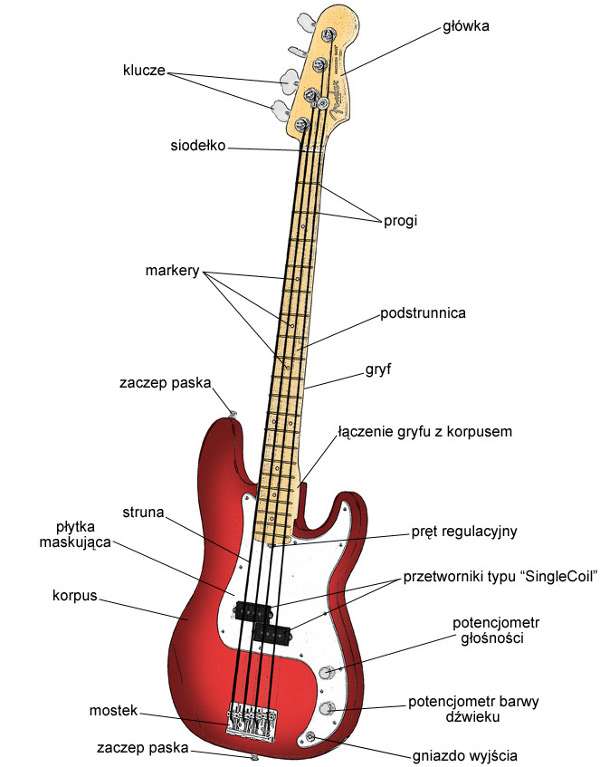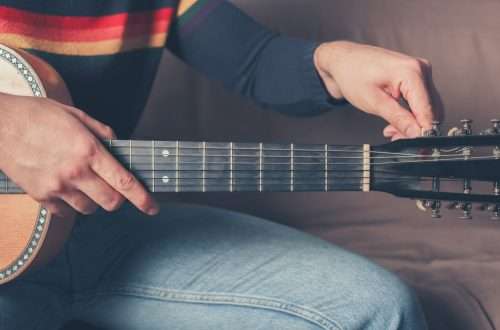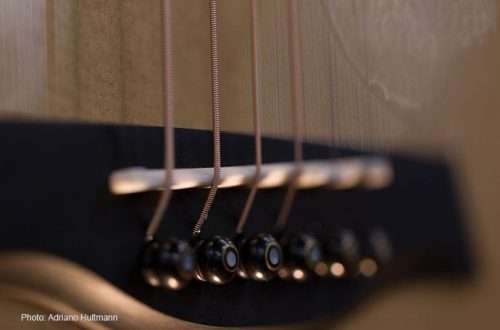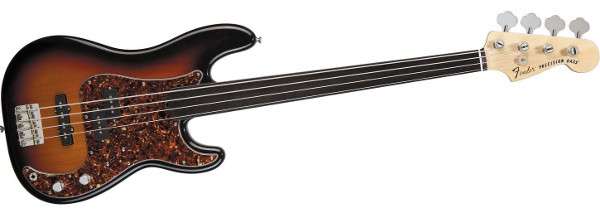
Parameters and functions of a bass guitar
The bass guitar is an instrument with many parts. Many aspects of this instrument affect its sound and playing comfort. Getting to know them all will allow you to get to know how the bass works, thanks to which we will know what we need when choosing a new bass guitar and how to improve the already existing instrument.
thresholds
Each bass guitar (except fretless) has frets. They can be of different sizes. If you don’t like the size of the frets you have, it can be replaced. The smaller frets allow for more fingerboard feel, and the larger frets allow you to use less force to press down the strings. It is a matter of personal preference. They absolutely need to be replaced or grinded when they are worn. The first sign of wear of the frets is most often the excessively high sounds produced on the low frets, despite the fact that the measurement is in line between the empty string and the twelfth fret. Subsequently, even cavities may appear. Playing on such frets not only takes away the pleasure of playing, but can also make it impossible to properly adjust the scale so that the instrument will tune in all places on the fingerboard.

keys
Easily replaceable bass guitar parts. There may be times when we get frustrated with how often we have to tune the bass. Basically, this occurs in two cases: the instrument already had weak keys fitted at the factory, or the keys had already worn out. Replacing them will not cause problems, and may improve the comfort of the game. Apart from regular keys, there are also locked keys. They are usually more expensive, but their special locking mechanism allows the outfit to be held for a very long time. If changing the keys does not help, then the bridge is also worth taking a look at. Then it is highly likely that there may be a problem. Replacing it with a better model should help you get rid of the hassle of tuning.

Fingerboard Radius
The parameter that is important when choosing a bass guitar is the radius of the fingerboard. Modern Fender basses are 9.5 ”for the most part. The older ones were 7.25 ”. For many bass players, a smaller radius means a more comfortable playing, although basses with larger radii are more suitable for faster playing because you don’t have to press the frets as hard as with smaller radii. With slower playing, however, it is important to feel the instrument properly, thanks to the rays.
Beaker
This parameter influences the feelings associated with the given string sizes on the bass guitar. The 34 ”scale is the standard for four-string basses. Basses with a shorter scale (eg 30 “) need thicker strings, because thinner strings will be too loose on them, the thinnest sets may even” hang “. Thanks to this, the basses with a shorter scale will not only have frets closer together and usually thicker strings, but also a more old-fashioned sound (the best example is the famous bass by Paul McCartney). The basses with an even longer scale allow you to use thinner strings. This is especially important with five-string bass guitars. Thanks to the 35 ”scale, the thickest B string will not be too loose.
Converters
It is worth checking what types of pickups are present in the bass guitar when you buy it. Of course, they can be replaced later with another model, but it will be difficult to replace them with another model (e.g. the Jazz neck pickup to the Precision). In such situations, it is worth checking what grooves are made in the wood of the body. When the grooves do not fit a given transducer type, they must be widened, which makes it difficult to replace the transducer. This problem never occurs when replacing the same type of transducers (eg Precision to Precision). In most cases, the pickups are replaced when we find that their sound does not satisfy us, because the factory-installed ones are of mediocre quality. Replacing weak drivers with reputable ones can yield great results.
You can also replace the converters with those with lower or higher output power. Thanks to this, by replacing our “high – output” pickups with “low – output” we will change our bass beyond recognition, it will be perfect for playing mild genres. Replacing “low – output” with “high – output” will transform our bass into a “beast” that will break even through the most distorted electric guitars. It is similar with the timbre of our bass, only here we have to read the descriptions of the drivers posted by the manufacturer. For example, when we decide that we are missing a prominent treble, we can buy a transducer that emphasizes the hill (LOW: 5, MID: 5, HIGH: 8, the markings may differ). Another aspect is the presence of an active circuit with an equalizer. While the mere replacement of passive pickups with active ones and vice versa is not problematic, installing the EQ on a bass guitar requires additional potentiometers and knobs.
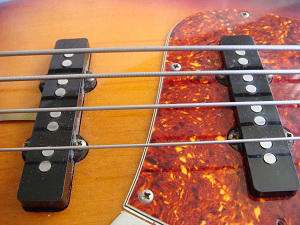
Wood
Another parameter is the type of wood used in the body. It significantly influences the sound.
Alder – sustainable
Ash – hard bass and midrange as well as a “bell-shaped” treble
Maple – hard bass and mordek and even brighter treble
Lipa – reinforced center
Poplar – enhanced midrange and slightly bass
Mahogany – especially enhanced bass and midrange
Aghatis – very similar characteristics to mahogany
The wood of the fingerboard does not significantly affect the sound, but it does affect the subjective feel of the strings. Bass guitars with a maple fingerboard are only slightly brighter than those with a rosewood fingerboard. There are ebony fingerboards, a wood considered to be exclusive.

Summation
A bass guitar is a complex instrument. Understanding it will allow us to achieve the sound we deem best for ourselves. It is impossible to say for sure what configuration will give us the best results, because everyone has a different ideal of sound and playing comfort in their minds.
